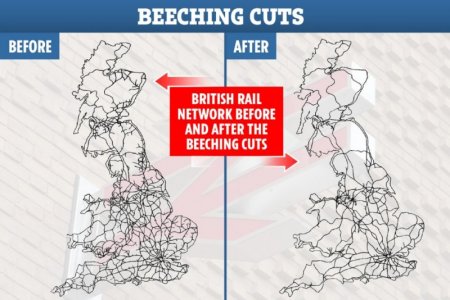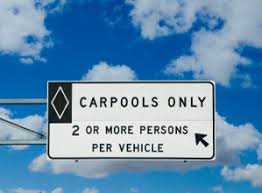Back in the 1960's a review of the UK railways, headed by Richard Beeching recommended axing a significant amount of rail infrastructure. A total of 2,363 stations were to close, including 435 already under threat, both on lines that were to close and on lines that were to remain open. In addition some 3,318 miles of railway tracks were to be ripped up.
British Rail operated a policy of disposing of land that was surplus to requirements. Many bridges, cuttings and embankments have been removed and the land sold for development. Closed station buildings on remaining lines have often been demolished or sold for housing or other purposes. Increasing pressure on land use meant that protection of closed trackbeds, as in other countries (such as the US
Rail Bank scheme, which holds former railway land for possible future use) was not seen to be practical.
Since the Beeching cuts, road traffic levels have grown significantly and since
privatisation in the mid-1990s there have been record levels of passengers on the railways owing to a preference to living in smaller towns and rural areas, and in turn commuting longer distances. A few of the railway closures have been reversed. However, despite the considerable increase in railway journeys since the mid-1990's, rail transport's share of the total passenger transport market remains below that of the early 1960's, with road overwhelmingly the dominant mode:

This map explains clearly what happened. Now we have housing and businesses built on former railway land, making restoration a very expensive project. Most of the UK's major conurbations could have used the local railways around their cities turning them into a smaller version of London's very efficient underground rail network, albeit that the trains would travel above ground. Now we are all picking up the tab for the very short sighted view back then and the corporate vandalism that followed.



